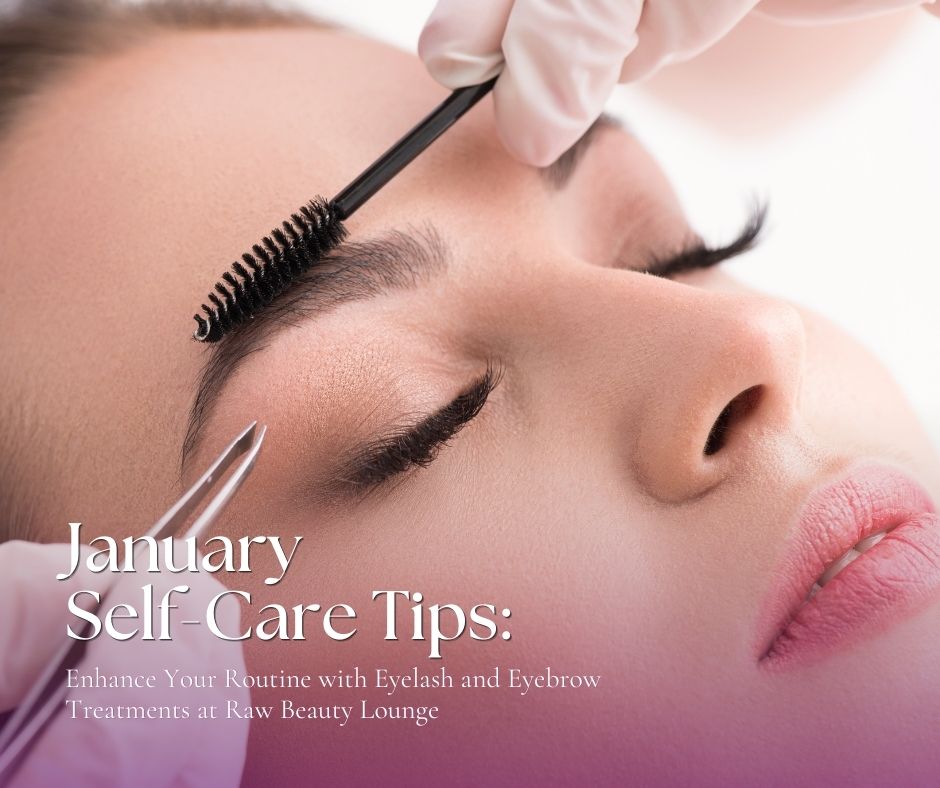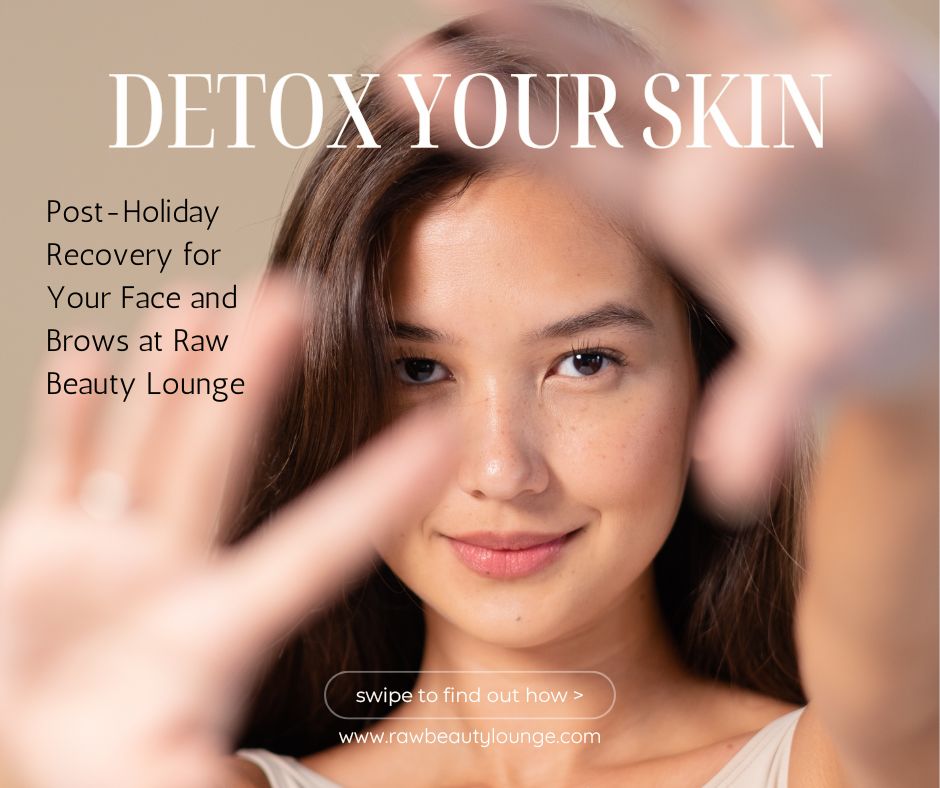For most people, it is common knowledge that too much sun exposure can severely damage a person’s eyesight. This is why eye care professionals like Doctor Moosa at Excel Laser Vision Institute, a LASIK clinic in Los Angeles, advises patients to wear protective sunglasses. However, many people are unsure whether or not this rule applies to artificial light or, more specifically, digital screens.

The truth of the matter is that research has not found computer/tablet/phone screens to pose the same risks as UV light. One reason for this is that digital screens are not as bright. Another reason is that they do not produce the same damaging UV rays as the sun. In essence, exposure to digital screens cannot damage the eyes the same way that exposure to the sun can. That being said, LASIK surgeons acknowledge that there is a less serious, yet still noticeable impact that comes with excessive exposure to short-wavelength and high-energy blue light that comes from digital screens.
According to eye care professionals, blue light is responsible for a particular kind of eye strain in daily life. Often, this can be amended with some eye care techniques, such as frequent breaks from looking at the screen. However, there are also some long term effects that the best LASIK surgeons are starting to understand. Recent studies have shown a possible correlation between blue light exposure and damage to retinal cells, which can lead to conditions such as macular degeneration.
Before throwing all your screens out the window, be assured that this correlation has not been extensively studied or proven to have a significant impact on individual eye health. While extended screen time can cause irritation or other symptoms, this does not necessarily mean that a person is experiencing long-term damage. For most people, it is enough to practice regular eye care and monitor habits in order to reduce uncomfortable symptoms. Experts at LASIK clinics in Los Angeles simply advise their patients to be aware of their screen time and limit this exposure when possible.
Here are the typical symptoms that can arise as a result of excessive blue light exposure:
- Eyestrain
- Headaches
- Blurred vision
- Dry eye
According to researchers, these symptoms are often a combination of blue light exposure and bad posture. The average American office worker spends at least seven hours in front of a computer. Typically, this number is even greater when it comes to checking phones and leisure activities such as watching TV. Unfortunately, when people maintain poor posture as well, they may develop digital eye strain syndrome.
The best way to avoid these irritating symptoms is to practice good office hygiene. This includes allowing the right amount of distance between your eyes and your computer, sitting up straight, and adjusting the lighting in the workspace to match the light of the screen. Many eye care experts also recommend the 20-20-20 rule, which consists of taking breaks from screen time every 20 minutes to look at something 20 feet away for 20 seconds. This allows the eyes to rest from the intense focus on a bright screen. Over time, these small practices will make a difference in lessening the chances of irritation and discomfort.



